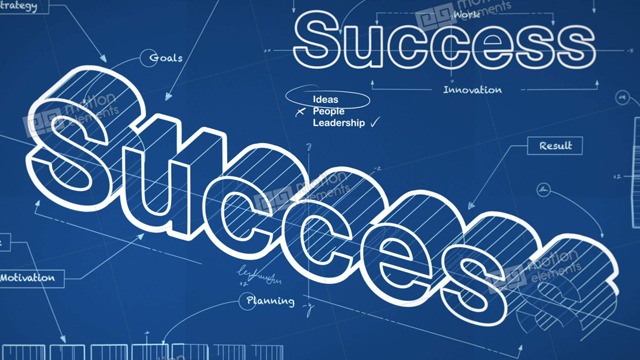Success—whether in personal growth or professional endeavors—often depends on how we perceive and navigate complexity. Traditional problem-solving tends to focus on isolated parts, but systems thinking shifts the perspective to see the bigger picture. It’s the difference between fixing a symptom and redesigning the entire system for lasting improvement.

What Is Systems Thinking?
Systems thinking is a mindset that examines how different elements within a system interact, influence one another, and contribute to outcomes. Instead of reacting to surface-level issues, it encourages understanding underlying structures, feedback loops, and long-term consequences.
For example, in personal life, procrastination isn’t just a matter of willpower—it may stem from unclear goals, fear of failure, or poor time management systems. In business, declining sales might not just be a marketing issue but could involve product quality, customer service, or supply chain inefficiencies.
Why Systems Thinking Leads to Success
-
Better Decision-Making – By recognizing interdependencies, you avoid short-term fixes that create long-term problems.
-
Efficient Problem-Solving – You address root causes rather than symptoms, leading to sustainable solutions.
-
Enhanced Adaptability – Understanding systems helps you anticipate changes and adjust strategies proactively.
-
Stronger Relationships – Whether in teams or personal connections, seeing how actions affect others fosters collaboration.
How to Apply Systems Thinking
-
Map the System – Identify key components and their relationships (e.g., habits, workflows, or team dynamics).
-
Look for Patterns – Notice recurring problems—they often point to systemic flaws.
-
Experiment with Leverage Points – Small changes in the right areas can lead to significant improvements.
-
Embrace Feedback – Continuously assess outcomes and refine your approach.
By mastering systems thinking, you gain a strategic advantage in navigating life’s complexities. Whether optimizing daily routines, leading a team, or scaling a business, this approach ensures that every decision aligns with a broader, more effective system—paving the way for lasting success.




